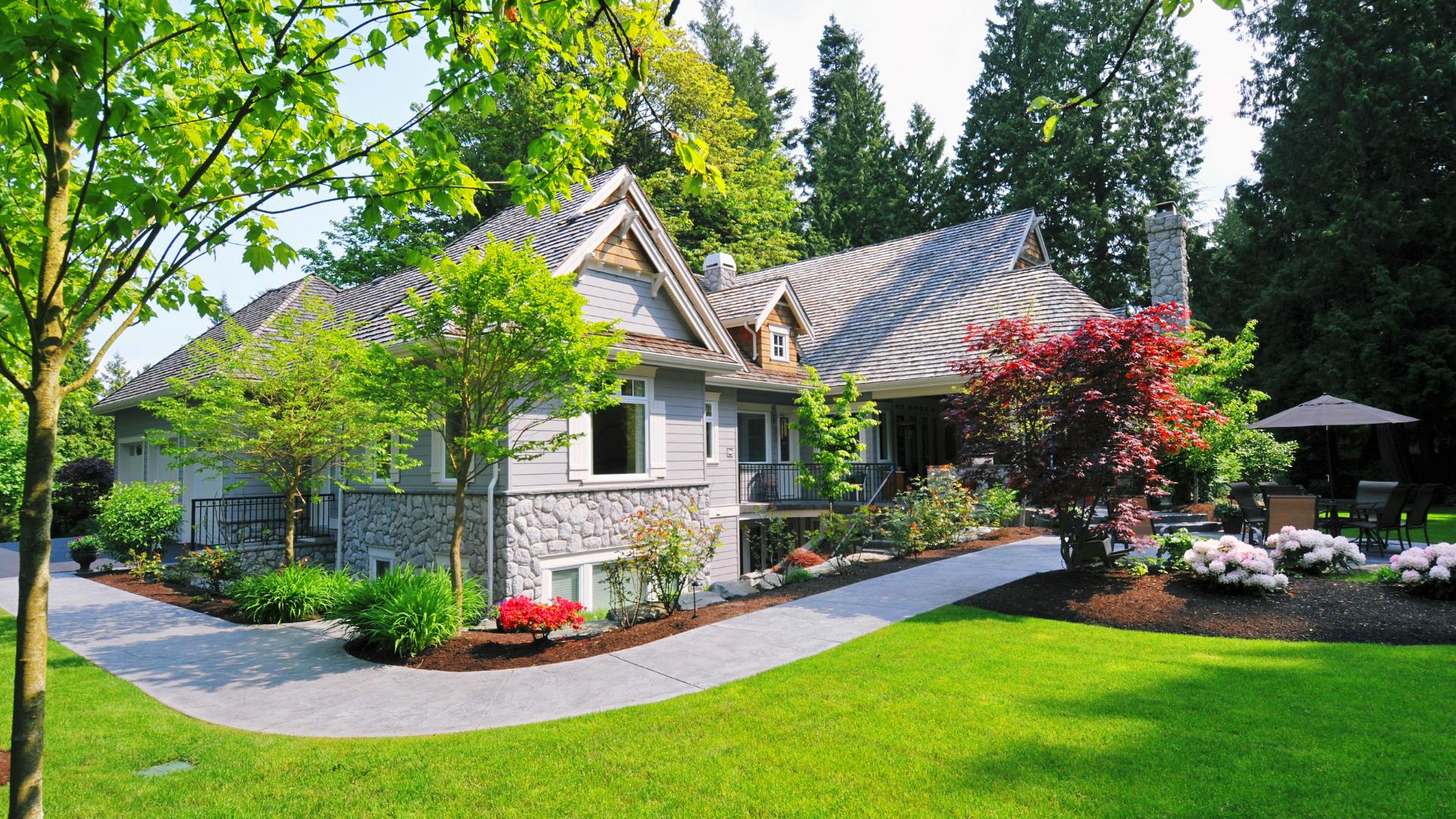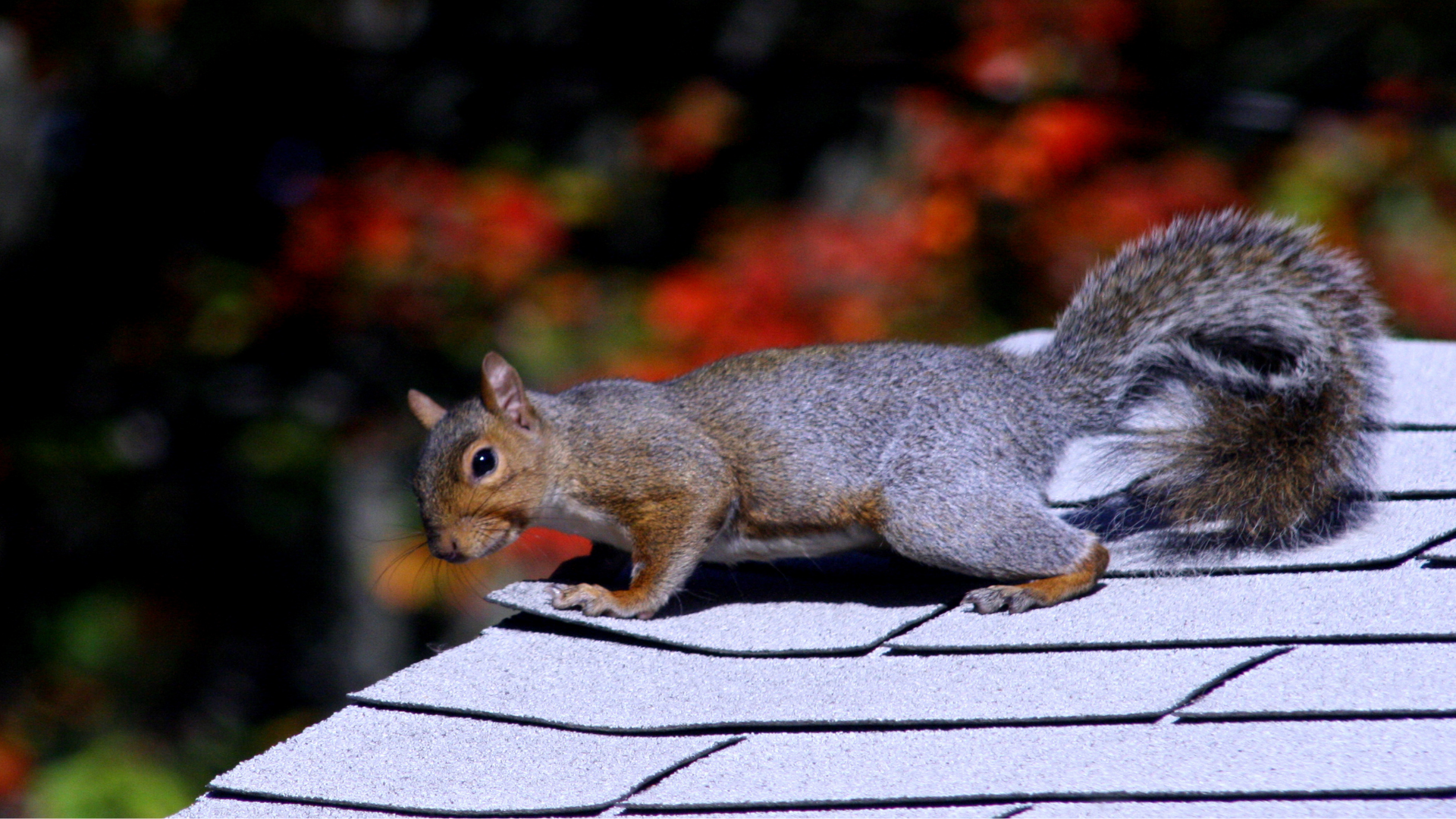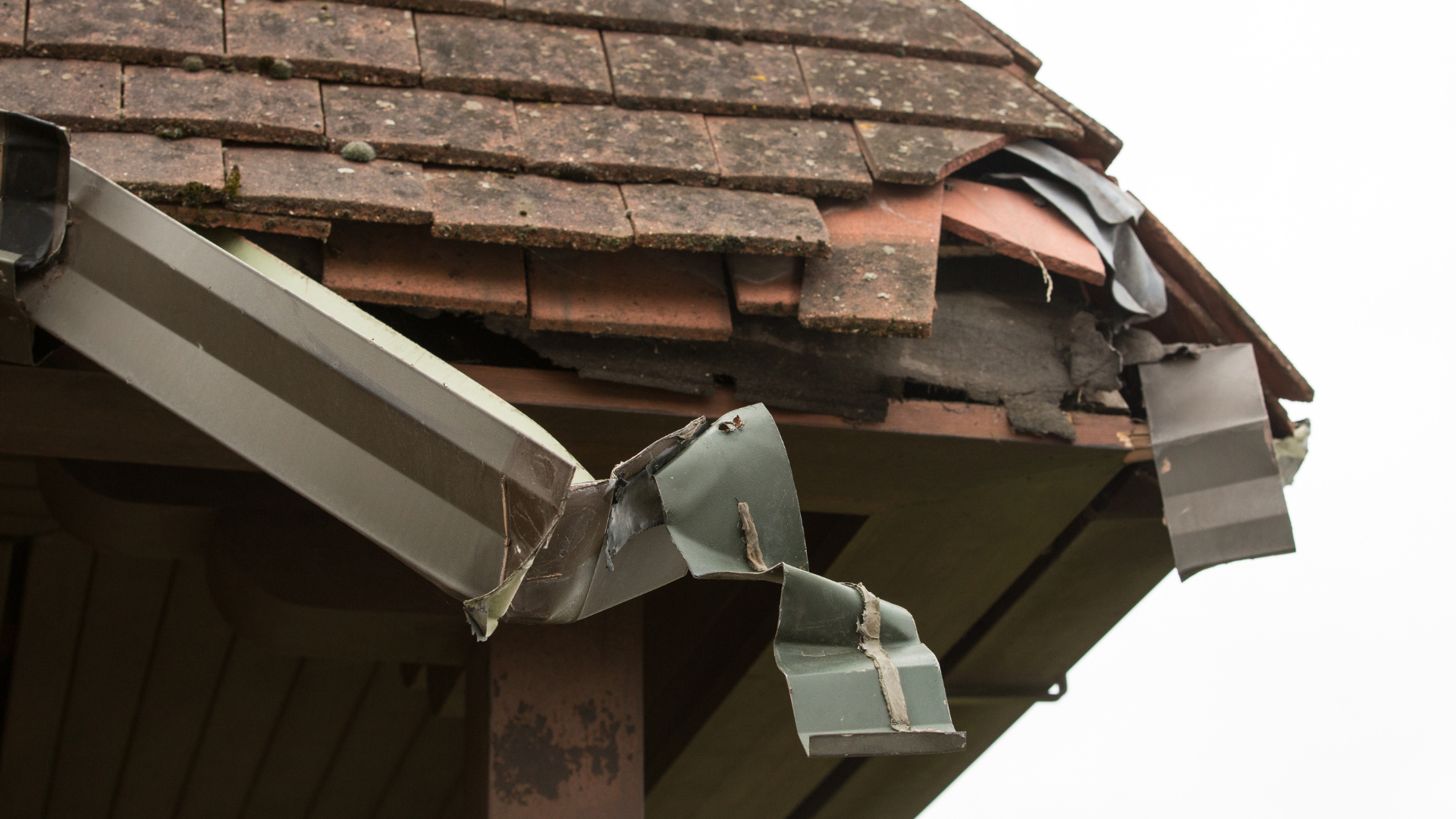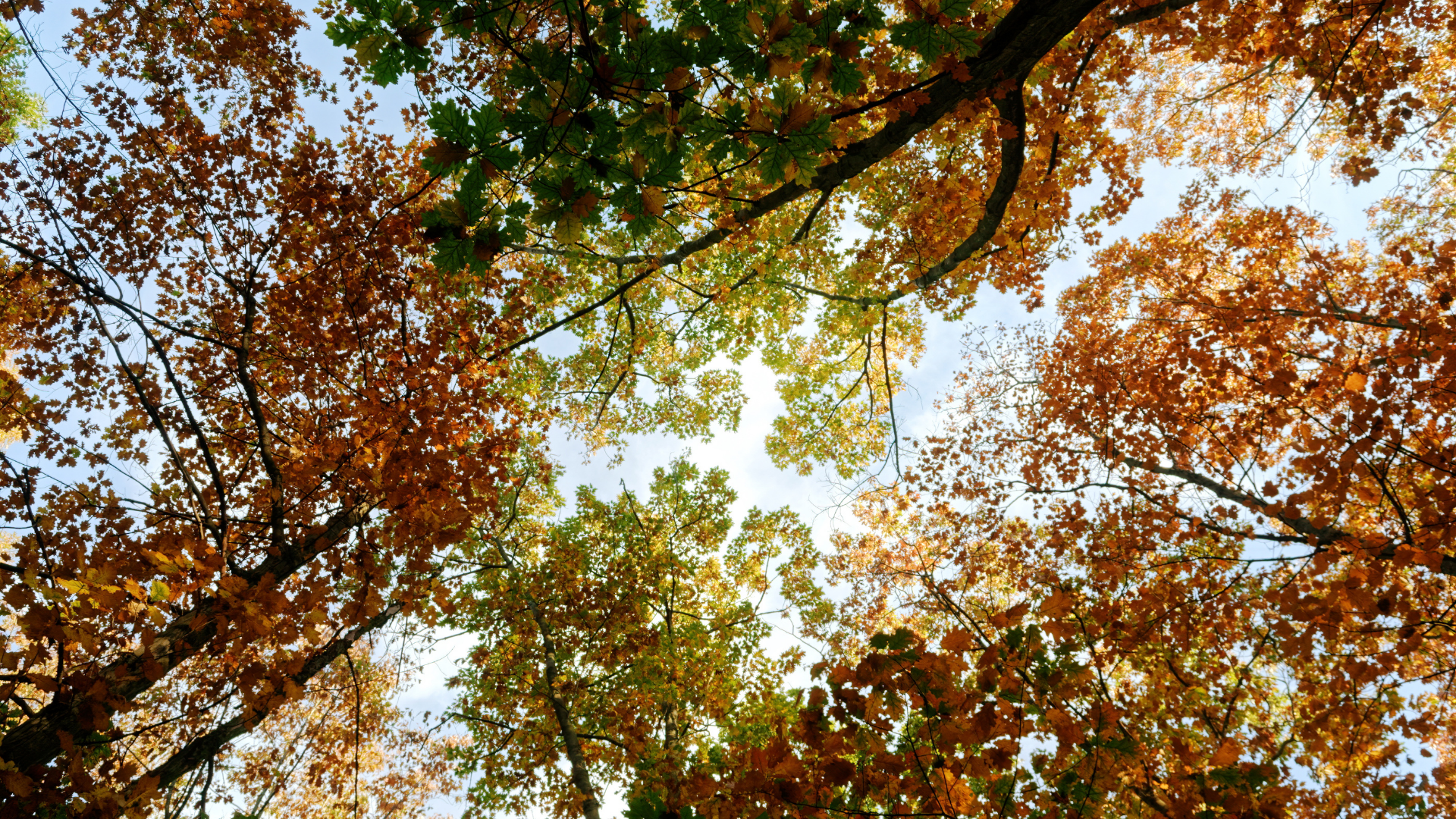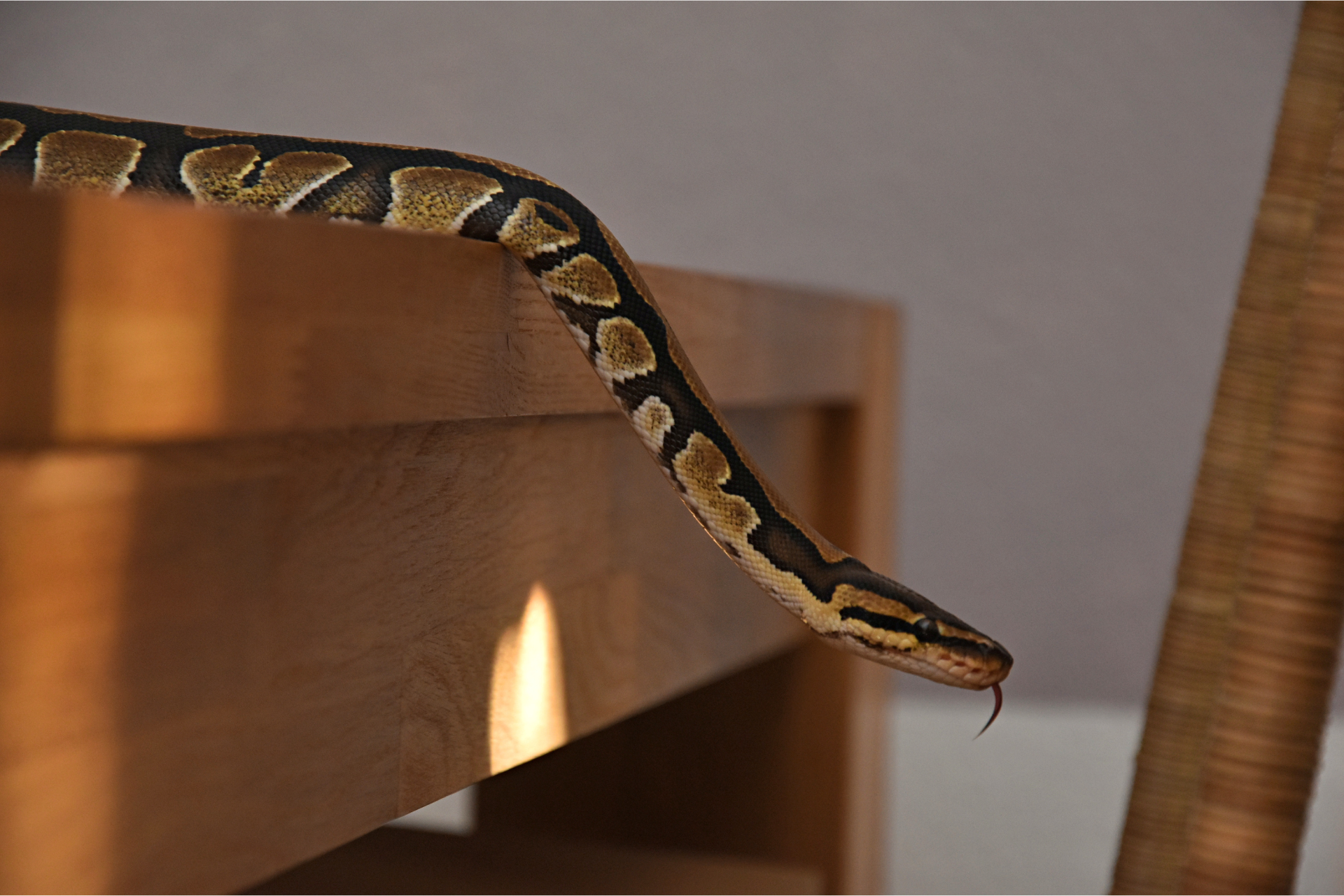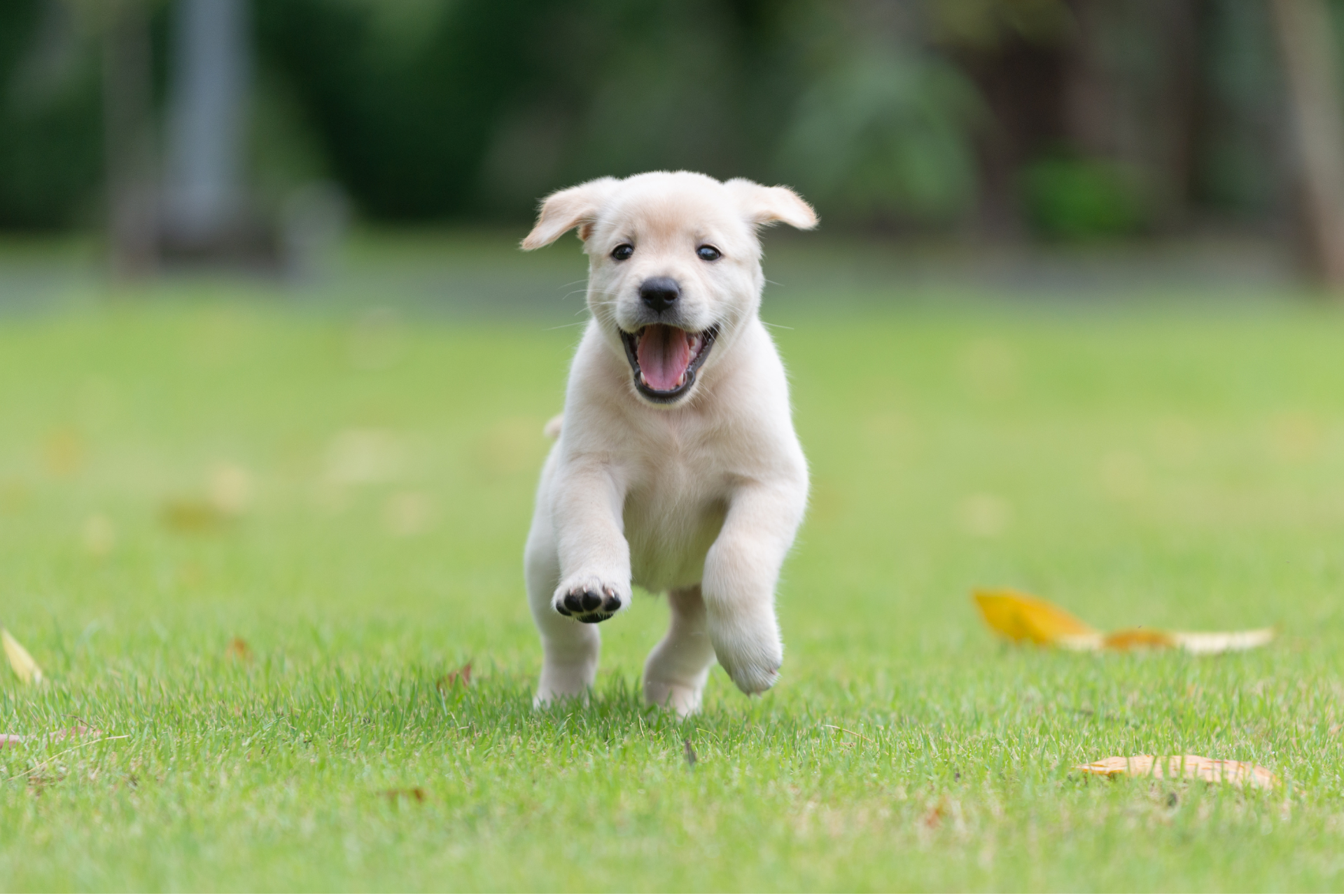What Makes A Structure Vulnerable To Wildlife
Structural Weaknesses That Attract Animal Intrusions
The way a building is designed can unintentionally create an open invitation for wildlife. Small architectural oversights or structural shortcuts may not seem like a big deal at first, but they can become prime entry points or nesting opportunities for animals. Birds, rodents, bats, and raccoons don’t need much space to get inside. Even a gap smaller than an inch can be enough for certain species to squeeze through, and once one finds a way in, others are likely to follow.
One common issue arises when vents, chimneys, and eaves are left unprotected. Builders often install these components with function in mind but neglect to think about how easily an animal can take advantage of them. A wide vent cover or uncovered chimney top is practically a highway into an attic or crawlspace. Even something as subtle as decorative trim that extends outward can provide footholds for climbing creatures.
Another overlooked design flaw is how rooflines intersect. Complex roofing with multiple peaks, valleys, or overhangs may look appealing, but those angles often create gaps where wildlife can gain access. The more complicated the roof design, the more opportunities for cracks, loose shingles, or small voids that can be exploited. Similarly, homes with large decks or porches that aren’t sealed underneath provide perfect shaded shelters for skunks, opossums, or stray cats looking for a dry, quiet place to settle.
What’s important to understand is that wildlife doesn’t view buildings as solid, impenetrable structures. To them, they’re extensions of natural environments—complete with shade, warmth, and protection from predators. When the design unintentionally leaves open cavities or weak points, animals see opportunity rather than barriers.
Outdated Building Materials And Their Impact
The materials used to construct a structure also play a significant role in its resilience against wildlife intrusion. Buildings made decades ago were often constructed with wood and siding that, over time, deteriorates and weakens. Wildlife can detect these vulnerabilities far quicker than humans can. For example, a mouse can gnaw through aging wood or weakened siding in a matter of hours, turning a minor soft spot into a full-blown entrance.
Insulation is another common target. Older forms of insulation often provide not only warmth but also nesting material. Rodents in particular are drawn to pull it apart and burrow within it, which can quickly expand an initially small breach into an entire hidden colony inside walls or attics. Even old roofing materials, such as brittle shingles or decayed underlayment, can be lifted or broken apart by determined raccoons or squirrels trying to get inside.
Metal flashing that has rusted or corroded also becomes a weak link. Once a corner or seam starts to give way, small animals can widen the gap and create a consistent path into the structure. Brickwork and mortar joints in older homes sometimes crumble, creating cracks large enough for wildlife to slip into crawlspaces or basements.
It’s not just the material breakdown that poses a risk, but also the fact that older construction methods didn’t account for the cleverness and persistence of wildlife in the way modern standards do. Today, builders often install reinforced vent covers, heavy-duty screening, and wildlife-resistant siding materials. Structures built before these practices became widespread lack those reinforcements, which means the barrier between indoors and outdoors is much thinner than it should be.
When materials age, wildlife doesn’t hesitate to take advantage. It’s a gradual process—wood softens, seals loosen, shingles curl—but once those weaknesses appear, they rarely go unnoticed by the animals living nearby.
How Poor Maintenance Encourages Wildlife Problems
Even a well-designed building with durable materials can become vulnerable if regular upkeep is ignored. Maintenance is often the deciding factor in whether a structure remains secure or becomes an open invitation for unwanted guests.
Over time, weather takes its toll. Wind loosens shingles, rain rots wooden fascia boards, and seasonal shifts expand and contract joints. If those issues aren’t addressed, they create small gaps that may seem insignificant but can be large enough for wildlife to exploit. Something as routine as a gutter clog can even contribute to the problem. When gutters overflow, they can cause water damage that weakens roof edges or siding, turning them into entry points.
Untrimmed trees and overgrown landscaping also compound the risks. Branches that hang over or touch the roof act as bridges for squirrels, raccoons, or other climbers. Dense shrubs and tall grass around a building give ground animals cover as they explore potential entry spots. Without routine trimming, the natural environment slowly creeps closer until the distinction between structure and habitat starts to blur.
Neglected repairs can escalate quickly. A small hole in a soffit, if ignored, becomes a nesting site for birds or bats. A torn screen on a vent, left unattended, will likely attract rodents. Once an animal establishes itself, the damage multiplies as they expand their nesting area, chew wires, shred insulation, and contaminate surfaces.
Another aspect of poor maintenance is simply not conducting regular inspections. Many structural vulnerabilities are nearly invisible until an animal has already moved in. By the time scratching noises are heard inside walls or droppings are discovered, the intrusion is often well underway. Consistent checks around foundations, rooftops, and crawlspaces can catch issues before wildlife exploits them, but without those inspections, problems remain hidden until they’re severe.
Maintenance may not always seem urgent, especially if a structure looks fine from the outside. But wildlife thrives on those little oversights. To them, a loose shingle, a broken vent screen, or an unsealed gap isn’t a flaw—it’s an opportunity.
Protecting Structures From Wildlife
Vulnerability to wildlife intrusion comes down to three main factors: how a structure is designed, what it’s built from, and how well it’s maintained over time. When design oversights leave gaps, outdated materials weaken, and upkeep falls behind, buildings present opportunities that local wildlife will readily take advantage of.
At Wildlife Resolutions, we understand that wildlife problems often begin with subtle structural issues that might not seem obvious at first glance. Our team specializes in identifying those hidden vulnerabilities and addressing them before they escalate. Whether it’s sealing entry points, reinforcing older construction, or helping property owners develop maintenance strategies, we’re here to reduce exposure to persistent wildlife challenges.
If you’ve noticed signs of animal activity around your property or just want peace of mind that your structure isn’t inviting problems, don't hesitate to
contact us today. We’re committed to helping property owners keep their buildings strong, secure, and less attractive to the wildlife that inevitably surrounds them.
